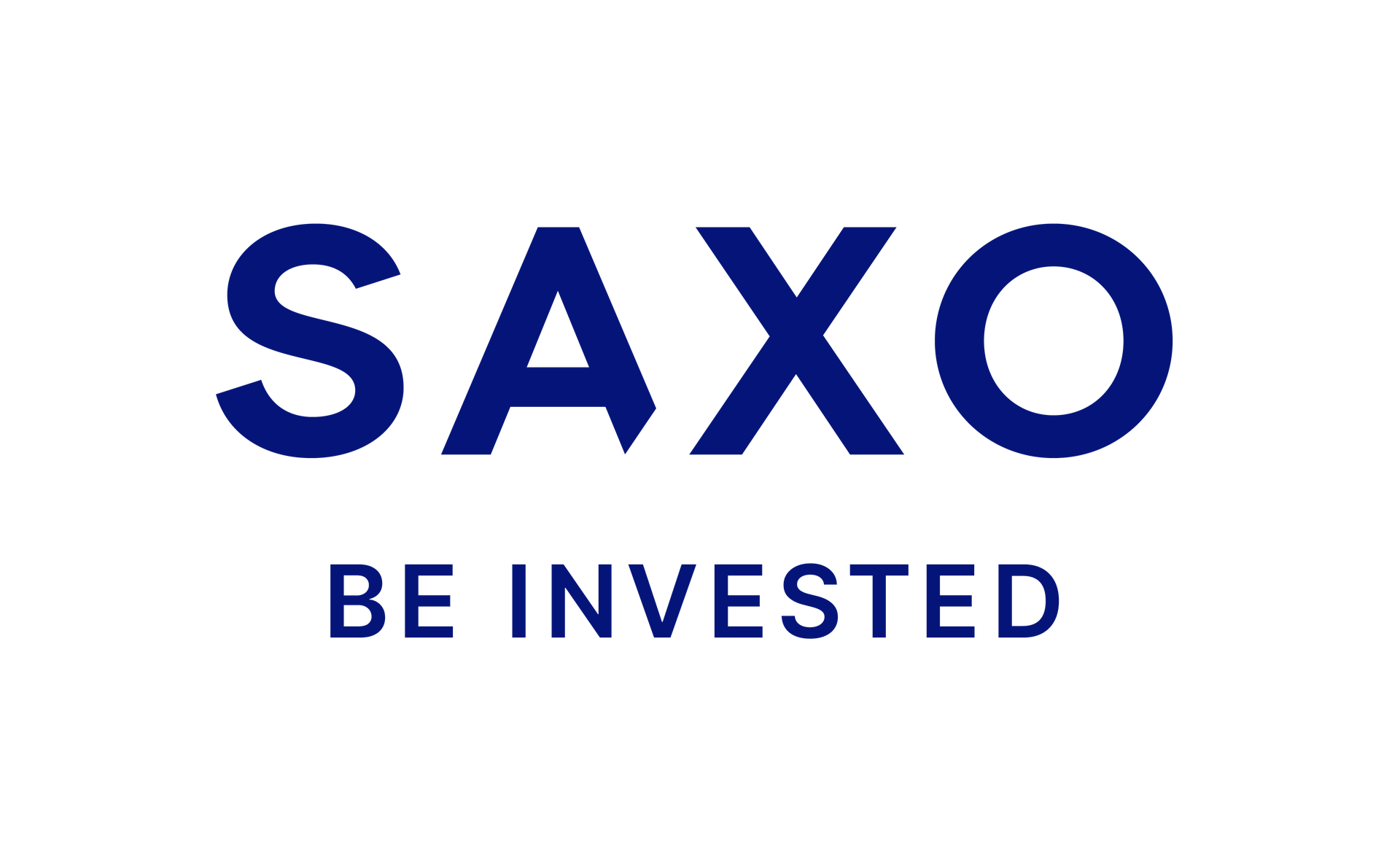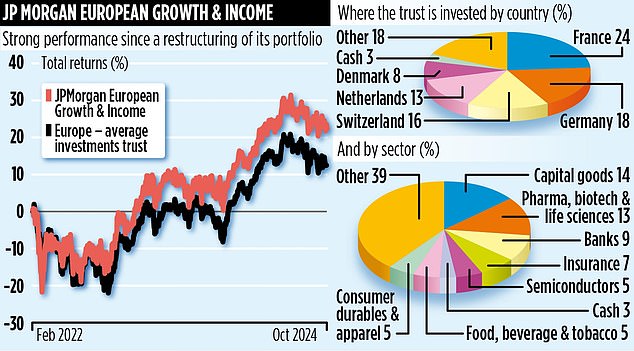It is just over two and a half years since investment trust JP Morgan European embarked upon a serious makeover.
Having previously offered investors a choice of growth or income shares, the board decided to consolidate the two classes of shares into one, change the name to JP Morgan European Growth & Income and reduce the ongoing charges.
The result is a trust that now pursues the best of both worlds. That is, it seeks growth in the value of its assets by investing in quality companies – large and small – that are listed on Europe’s stock markets (it excludes the UK).
It is also committed to providing shareholders with an attractive income, paid quarterly, even if some of that income must be paid out of the trust’s capital.
In a nutshell, if the trust’s net assets (assets minus borrowings) grow, the dividend in cash terms should rise, because it is paid at a rate equivalent to 4 per cent of the net asset value.

Although its shares – like those of many investment trusts – do not reflect the value of its underlying assets, the performance numbers indicate that the makeover has been successful. Since February 2022 it has delivered shareholders a total return of 23 per cent – more than double the average for its peer group.
In terms of dividends, income has grown from 4p a share for the year to the end of March 2023 to 4.2p for the last full financial year.
In the current year to the end of March 2025, the first two dividends total 2.4p, indicating a full year payment of 4.8p. The shares currently stand at around £1.
The trust’s portfolio comprises 95 stocks, including holdings in some of Europe’s most successful businesses – Danish pharma giant Novo Nordisk and Dutch semi-conductor specialist ASML.
It is assembled through a mix of in-house quantitative research that the trust’s three managers use to help identify stocks that are potential buys and sells (if already held in the portfolio).
The trust’s managers then conduct further qualitative analysis on stocks that they like – or may need to sell. ‘The result is a very defined investment process,’ says Timothy Lewis, who manages the trust’s portfolio alongside Alexander Fitzalan Howard and Zenah Shuhaiber.
He adds: ‘The quantitative research is an ideas generator, which then allows us to do some digging into the stocks we like. We want to hold businesses that generate lots of cash and are underpinned by good management.’

Lewis says this approach means the trust will buy into stocks that are often off the radar of most other investors – including the likes of lifting equipment specialist Konecranes (listed in Finland); French business Spie (which is heavily involved in energy transition and digital transformation); and Cairn Homes, a dominant Irish housebuilder.
Although Lewis suggests a volatile Middle East and continued conflict in eastern Europe are obvious causes for concern, he says it is key that he and his fellow managers are not deflected in their search for quality companies and long-term investment returns.
As for the trust’s shares standing at a 12 per cent-plus discount to their underlying assets, he says it is frustrating but an ‘opportunity’ for investors to buy a European fund on the cheap.
The trust’s ongoing charges are reasonable at 0.66 per cent and the annual dividend yield is 4.2 per cent. Its stock market identification code is BPR9Y24 and its ticker JEGI.
Other European investment trusts include Baillie Gifford European Growth, BlackRock Greater Europe, Fidelity European and Henderson European.
DIY INVESTING PLATFORMS

AJ Bell

AJ Bell
Easy investing and ready-made portfolios

Hargreaves Lansdown

Hargreaves Lansdown
Free fund dealing and investment ideas

interactive investor

interactive investor
Flat-fee investing from £4.99 per month

Saxo

Saxo
Get £200 back in trading fees
Trading 212
Trading 212
Free dealing and no account fee
Affiliate links: If you take out a product This is Money may earn a commission. These deals are chosen by our editorial team, as we think they are worth highlighting. This does not affect our editorial independence.
This article was originally published by a www.dailymail.co.uk . Read the Original article here. .

